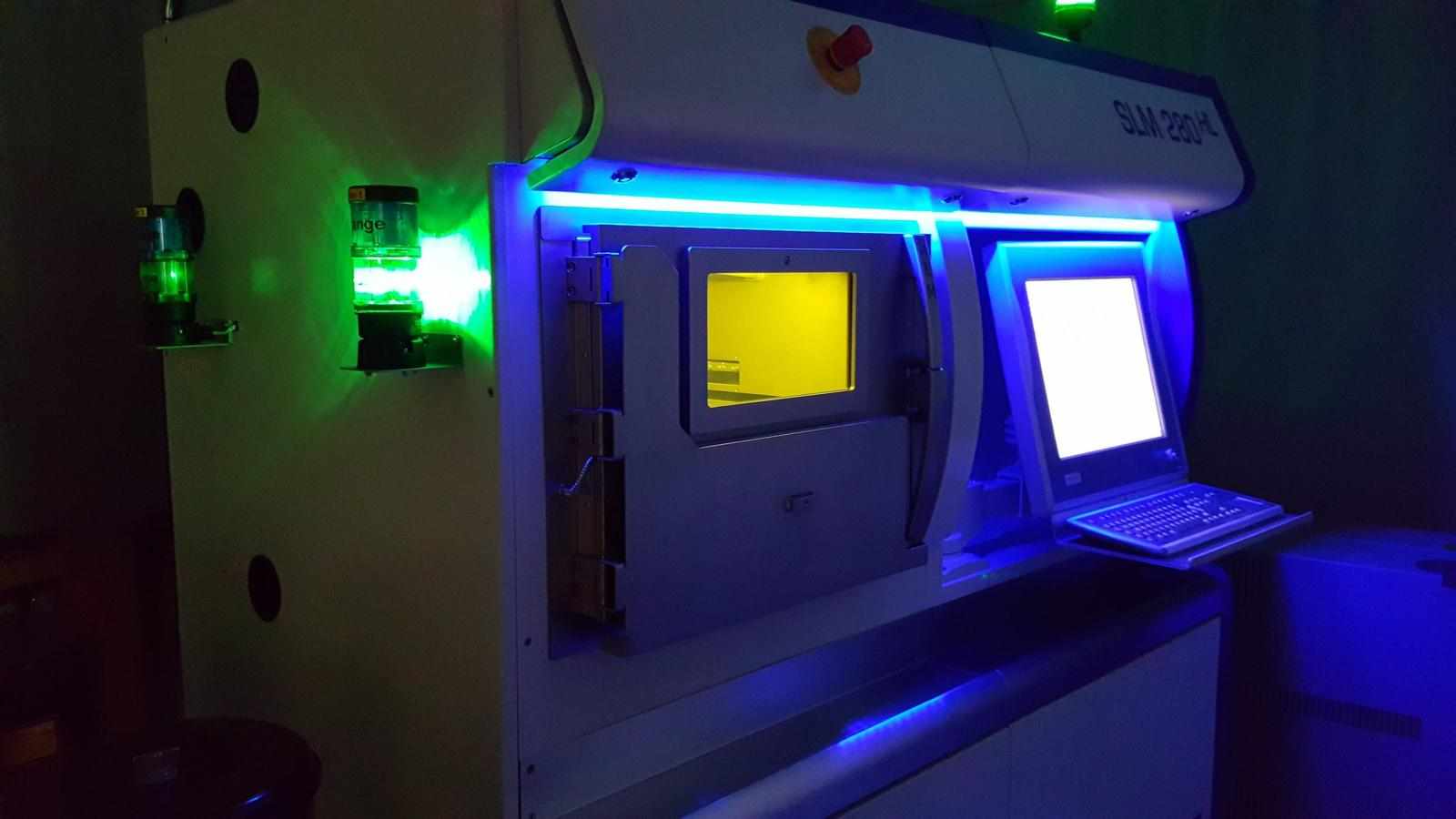One of the most compelling aspects of additive manufacturing is its ability to democratize production. Unlike conventional manufacturing methods that often require costly tooling and specialized machinery, 3D printing enables the creation of complex geometries with minimal setup and without the need for expensive molds or dies. This accessibility empowers small businesses, entrepreneurs, and even individuals to bring their ideas to life without being constrained by traditional manufacturing barriers. From prototypes and custom parts to intricate designs, additive manufacturing offers unparalleled versatility, enabling rapid iteration and innovation.
Moreover, additive manufacturing facilitates on-demand production, revolutionizing inventory management and supply chains. Traditional manufacturing typically relies on mass production, leading to high inventory costs and the risk of overstocking or shortages. In contrast, 3D printing allows for decentralized production, where products can be manufactured precisely when and where they are needed. This just-in-time approach minimizes inventory holding costs, reduces lead times, and enables companies to respond swiftly to fluctuating demand, ultimately enhancing operational efficiency and agility.
In addition to its economic benefits, Additive Manufacturing Company contributes to sustainability by reducing material waste and energy consumption. Unlike subtractive manufacturing processes that involve cutting away material from a solid block, 3D printing builds objects layer by layer, optimizing material usage and minimizing scrap. Furthermore, additive manufacturing enables the production of lightweight and optimized designs, leading to reduced material usage and fuel consumption in transportation. By fostering resource efficiency and environmental responsibility, additive manufacturing aligns with the imperative of building a more sustainable future.
The versatility of Additive Manufacturing Consulting extends beyond prototyping and small-scale production to encompass a wide array of industries, including aerospace, automotive, healthcare, and consumer goods. In aerospace, 3D printing enables the fabrication of complex components with reduced weight and enhanced performance, leading to fuel savings and improved aircraft efficiency. In healthcare, additive manufacturing revolutionizes patient care through the production of customized implants, prosthetics, and surgical guides tailored to individual anatomy, improving treatment outcomes and patient satisfaction.
Furthermore, additive manufacturing is driving innovation in the automotive industry, where it is used for rapid prototyping, tooling, and even the production of end-use parts. From interior components to intricate engine components, 3D printing enables automakers to achieve greater design freedom, optimize part performance, and accelerate product development cycles. Similarly, in the consumer goods sector, additive manufacturing empowers designers to create unique and personalized products, catering to diverse tastes and preferences.











.png)


Write a comment ...